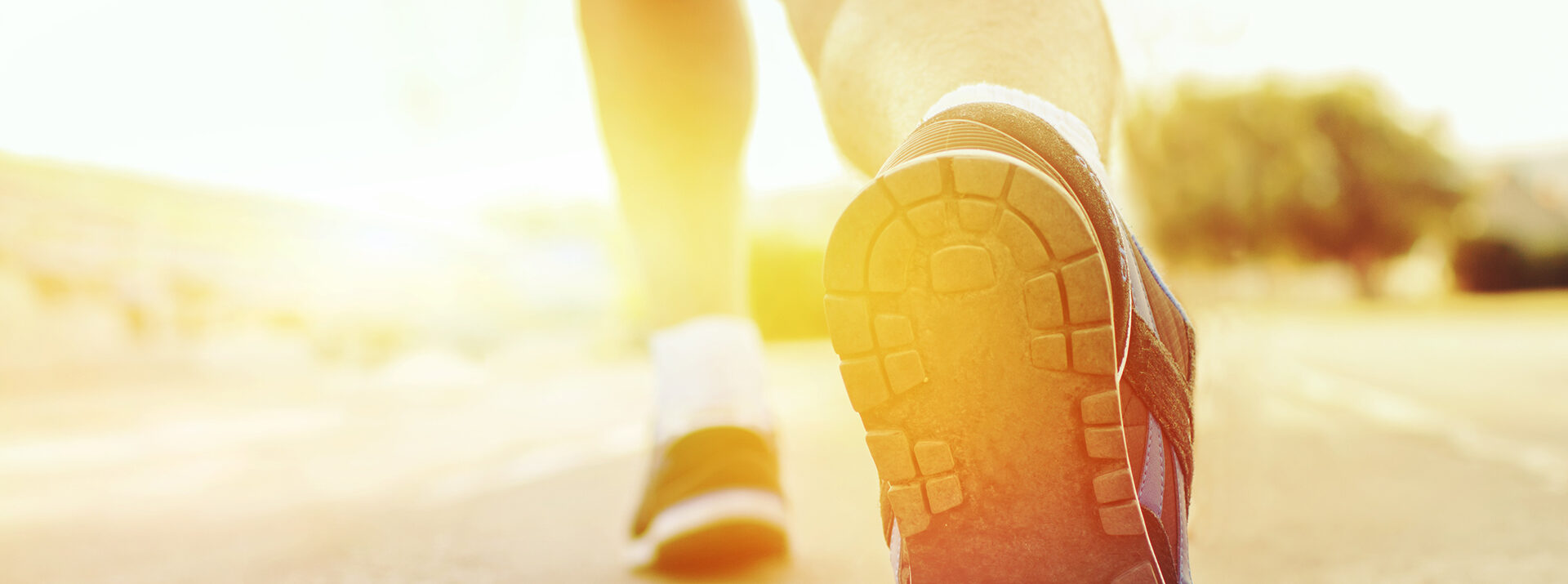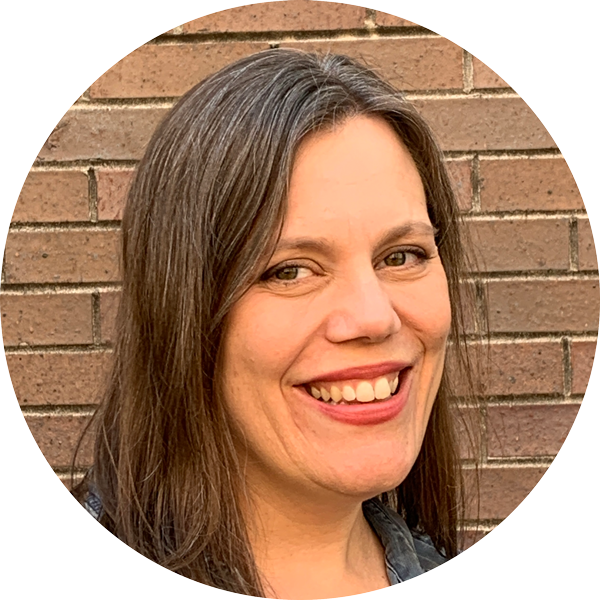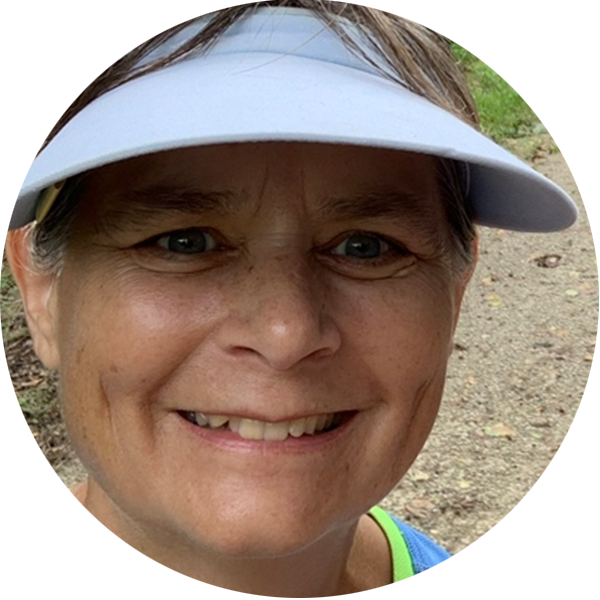Knee Injuries: When Your Knee Doesn’t Bounce Back Completely
When Your Knee Gets Injured — and Doesn’t Bounce Back You don’t realize how much you rely on your knees — until…
Read PostReset Muscle Coordination. Reset Lives. Your Bridge Back!

Different than therapy or massage, BRIDGING uses gentle, precise movements based on systems engineering principles to restore how your body works as a whole—with results that last and continue improving after the session.
Schedule a sessionIf you’re dealing with:
The Bridging® Technique addresses the root cause of pain and imbalance, offering a gentle, precise solution that goes beyond symptom management. BRIDGING resets your muscle coordination which had been disrupted by life’s injuries, stressors, and wear.
Then Bridging may be the missing piece.
No stretching. No adjustments. No exercises. Show up and let the Bridging team take it from there.
Bridging is a gentle, hands-on technique that targets the root cause of movement issues, pain, and dysfunction. Unlike traditional therapies that focus on isolated problems, Bridging® restores your whole-body coordination—unlocking movement, balance, and relief you never thought possible.
Hear Cara’s interview here
Fall 2025 Level 1 Bridging Course
More Info
The Bridging Technique uniquely uses an engineering-based approach to problem-solve the ways your body should move. In just 2-3 sessions you have less pain, are calmer, more confident, and able to be more active! Here are the three steps used in the Bridging Process:
Micromovements of the core and limbs are passively assessed for flow and ease of transition. These micromovements form in early life and are foundational to all daily movement skills.
Assessment results and the causes for the micromovement disruption—injury, illness, medical intervention, and early life/birth events—are analyzed to develop an optimal plan to reset affected muscle relationships.
Gentle rocking and microstretches are used to reset muscle coordination. The results are fast and long-lasting!
From an engineering perspective, a bridge structurally connects two separate segments to make them continuous. In an electrical circuit, a bridge is used to convert an unstable electrical current into a continuous one. The Bridging Technique embodies both meanings when resetting movements.
Dress in comfortable clothing
It does not need to be athletic wear, but should be easy to move in. Expect to take your shoes off to help keep our floors clean, as we play with little ones here.
After your session
It does not need to be athletic wear, but should be easy to move in. Expect to take your shoes off to help keep our floors clean, as we play with little ones here.
there is no homework. Being active is all you need to reinforce the new muscle memory. Your follow-up session will often be 3-5 weeks later.
Bridging Insider features video sessions which cover a wide range of scenarios of how micromovement disrupters are tied to your pain, balance, and anxiety concerns. In each, you will see how Bridging is used to quickly help. Note: There are no sessions with children out of respect for privacy concerns.
Bridging Insights are discussions about common movement and development issues and their relationship to being physically active. The discussion often ties together perspectives and events which we commonly find impacting our clients.
Research Insights share a variety of new or topical research findings on the relationship of being physically active, and why being active is essential to our physical, emotional, and cognitive health.
When Your Knee Gets Injured — and Doesn’t Bounce Back You don’t realize how much you rely on your knees — until…
Read PostDon’t miss any of our new content on how to stay healthy and active. Subscribe to our newsletter today.

Cara is the founder, of the Bridging Institute and the innovative Bridging® technique.
Read More

Lynne loves to help people move better and feel better. With her NICU background she loves being able to help get babies off to a great start with their moves.
Read More
Franziska (Ziska) is the voice on the phone. As our Client Coordinator, she is able to help with your questions and scheduling.
Read More
Leslie works extensively with the younger crowd, and also enjoys helping adults maintain an active life.
Read MoreWhen he started crawling, we knew we were good. Every time we have a session at The Bridging Institute he sleeps better after.”
What I appreciate about the Bridging process is that the body is all connected. I may have knee pain, but it might be the symptom of something else which is the real cause.”
I have suffered from joint pain for years, maybe decades. After just one session I was relatively pain-free.”
Bottom line, what changed was that I had a faster recovery time from surgery so I was able to get back to work and my daily activities.”
I thought it was regular aging. But after my first session I walked out saying, "Jeepers, I feel 10 years younger!"
I was skeptical about the process until I tried it and it does work.”
I’ve been to so many specialists and had so many tests to try to find answers and relief from severe constant pain. I started to think it was all in head. After my first appointment I left crying because not only did I have significantly less pain, I felt heard, cared for and had a plan on how to continue to feel better. After only a few sessions the pain reduced enough that I was able to return to work as well as enjoy playing with my grandchild."
After his fist session my 9-year old son said, ‘Mom, I never knew my muscles could work this way!” And he couldn’t wait for his next session.”
The three key elements to the Bridging story include Cara’s:
